
January 18th, 2023 by
Providing the right hand-washing facilities for your organisation
A big part of the role of anyone with responsibility for the washrooms is making sure the equipment and consumables that you buy are fit for purpose for the people who use them. You need to consider things like how many people use them. How frequently are they used? Who is using them? Are they open to the general public? And so on.
Even the term ‘washroom’ covers a range of facilities, from single bathrooms in a small office to multiple washrooms servicing the general public such as in a shopping centre, to ones predominantly used by children in a school. All have different requirements, so it’s useful to know what type of products you need to offer the most appropriate facility.
In this guide, we take a look at the two most common types of washroom products: those needed for hand washing, ie soap dispensers and hand dryers, and provide an overview of what you should be looking for in different scenarios.

Soap Dispensers
One of the greatest services that a washroom provides is the opportunity to practice good hand hygiene. 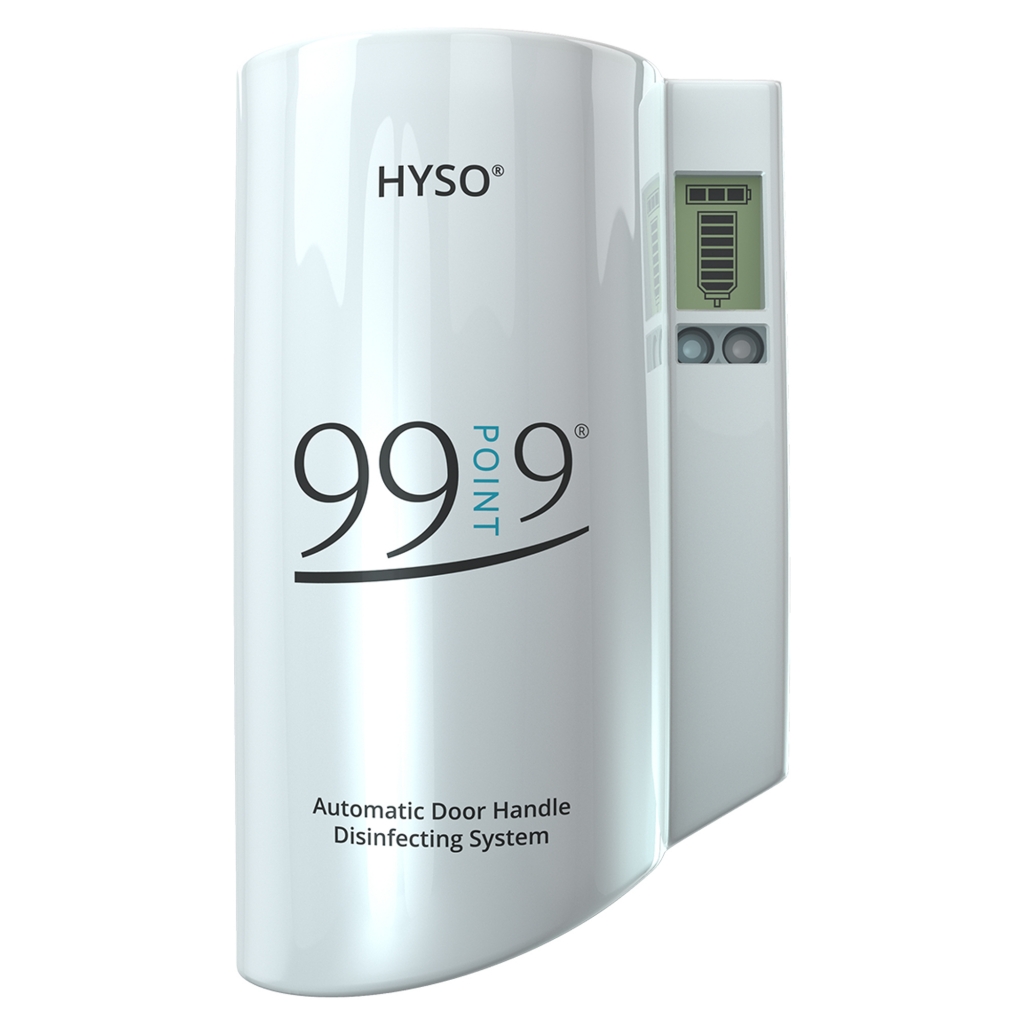 While this has always been vital to the health of any workplace or public facility, we have never been more aware of the importance of hand washing to prevent the spread of viruses and germs than we have been since the covid-19 pandemic. That means that the availability of soap is a basic requirement so dispensers that can’t cope with the volume required or frequently run out of soap are not an option.
While this has always been vital to the health of any workplace or public facility, we have never been more aware of the importance of hand washing to prevent the spread of viruses and germs than we have been since the covid-19 pandemic. That means that the availability of soap is a basic requirement so dispensers that can’t cope with the volume required or frequently run out of soap are not an option.
Let’s take a look at the aspects you need to consider to determine the right soap dispensers for your organisation:
Durability: the greater the number of people who use the facilities, the more robust the unit will need to be. Think about how many times a day the button or lever that dispenses the soap will be pressed. If you are only servicing 10 employees in an office, you won’t need dispensers anywhere near as durable as one for a large organisation.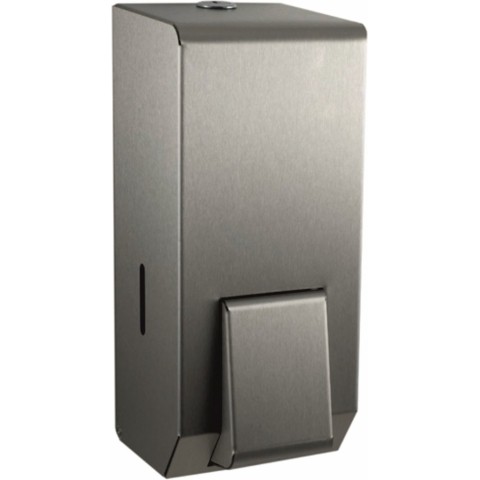 Washrooms that service the general public will also need to allow for the risk of vandalism, so you will need units that can’t easily be removed from the wall or damaged by force.
Washrooms that service the general public will also need to allow for the risk of vandalism, so you will need units that can’t easily be removed from the wall or damaged by force.
As a rule of thumb, stainless steel models are sturdier than plastic ones. While more robust units are generally more expensive, choosing cheaper ones for high-usage environments is a false economy as they won’t last as long.
Size: as you would probably expect, the size of the dispenser should be in relation to the number of people using it. A larger unit contains more soap and, therefore, will last longer than needs to be refilled.
Soap type: the two main options are foam or liquid soap. While both types will, absolutely, deliver a hygienic clean, liquid soap is generally better for environments where hands get very dirty or have a high hygiene requirement, such as a garage or hospital. Foam soap comes in liquid form and is agitated in the dispenser to produce foam.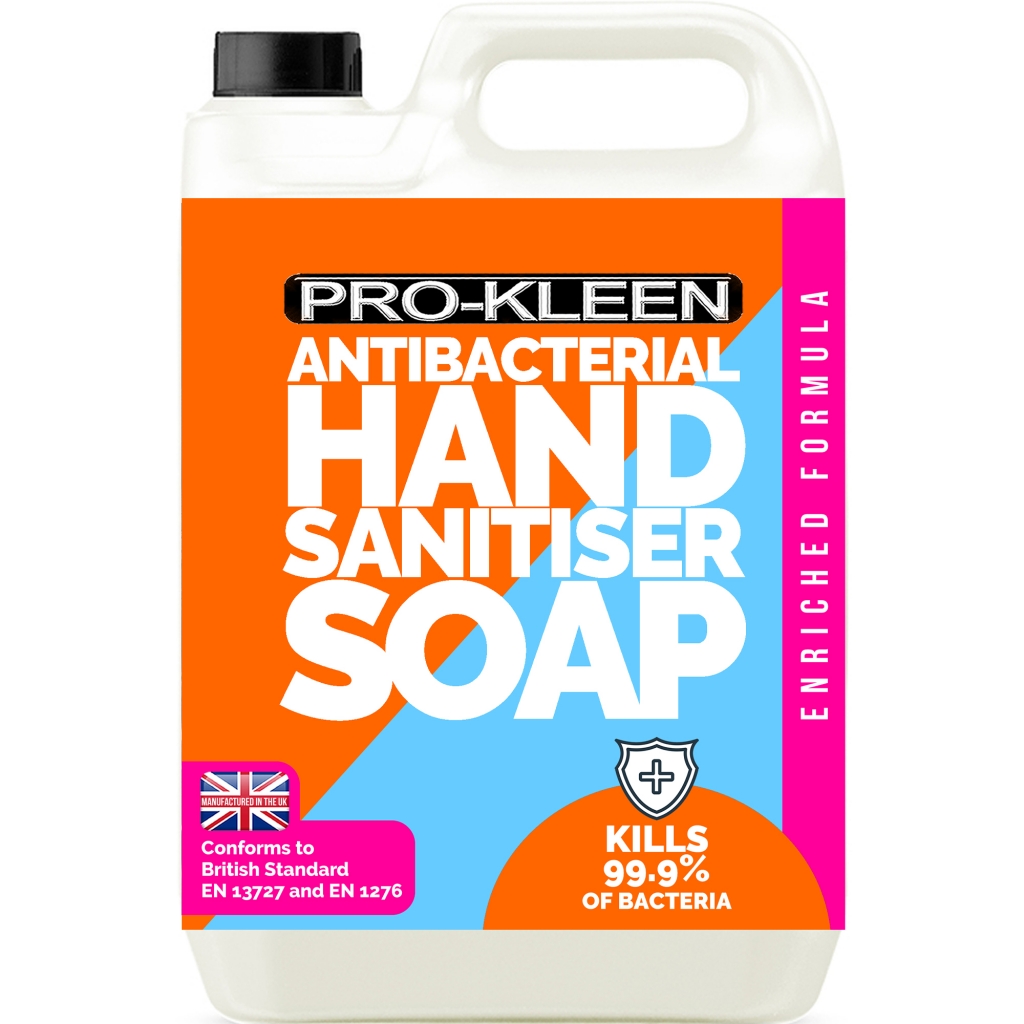 This means there is less soap content per pump, so it’s more cost-effective on consumables. Some dispensers will work with both but some will only operate with one or the other so bear this in mind when choosing them.
This means there is less soap content per pump, so it’s more cost-effective on consumables. Some dispensers will work with both but some will only operate with one or the other so bear this in mind when choosing them.
Manual or Cartridge: the other decision you need to make is around how you want to refill it. The two options are bulk refills and cartridges. Cartridges just need to be swapped when the old one is empty. It’s quicker and less messy but produces more waste (the empty cartridge) and, unless you reconcile yourself with wasting soap, you would need to wait until the old one was empty before replacing and this could lead to running out between swaps. Manual refills require soap to be poured directly into the unit. It can be a bit messier but produces no waste and means that you can top up whenever you want (you don’t need to wait until it’s empty).
Hand Dryers
Hand drying facilities go right alongside hand washing facilities. Consider the following: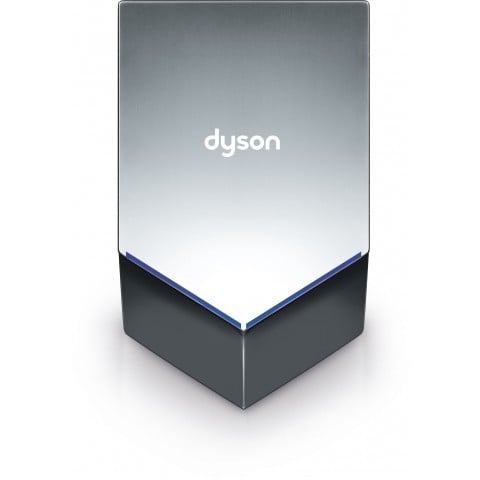
Paper towel or hand dryer: these are the two main options for drying hands. Neither is any more hygienic than the other (there is a misconception that electric hand dryers spread germs and viruses but this is a complete myth).
Paper towel dispensers are good for environments where you may want to minimise noise, such as in a café or care home (though you can buy quiet hand dryers) and they tend to be cheaper to buy, but they do produce waste and need to be refilled. Electric hand dryers usually require less space and even though they run on electricity, they are energy efficient and don’t need ongoing maintenance by washroom staff.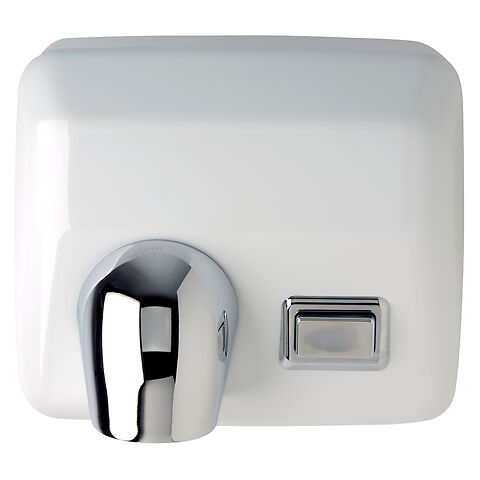 However, they tend to be more expensive to buy and will need to be installed by an electrician.
However, they tend to be more expensive to buy and will need to be installed by an electrician.
Sustainability: sustainability should be a concern for all organisations and an electric hand dryer is considered, on balance, to be more sustainable. However, you can make environmental choices for paper towel dispensers too, for example by choosing ones that use bamboo sheets, as these reduce waste by being lighter and more absorbent.
Shop the full Washroom range here.
Comments
Leave a reply
Your e-mail address will not be published. All fields are required


